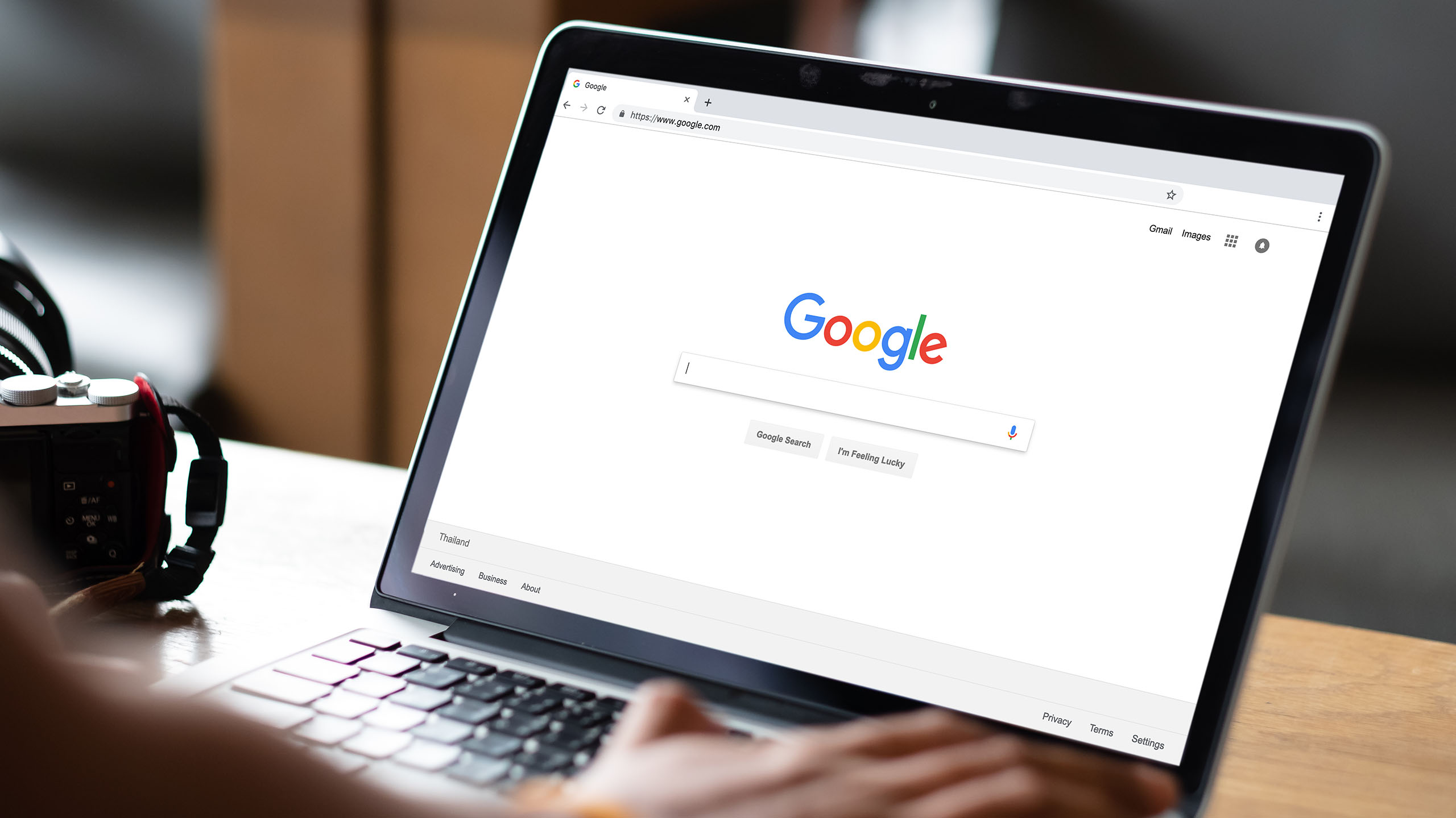SEO, also known as search engine optimization, has become a buzzword tossed around by marketers as a blanket statement regarding a website’s ranking. Boiled down, SEO is the method used to propel a website to appear higher in the search engine results shown to potential visitors. The consensus is that the better your overall SEO strategy and implementation are, the higher your website’s ranking will be.
Still, not all SEO is created equal. Whether you’re new to the world of marketing or a seasoned veteran, here’s what you need to know about how to use search engine optimization to your business’s advantage.
To start, there are essentially four types of SEO: technical, on-page, off-page, and local. A comprehensive strategy can help achieve the highest ranking.
Technical SEO
Technical SEO is exactly as it sounds; it’s all the detailed back-end techniques that go into building a high-performing website that Google rewards with a higher ranking. Many tactics may be employed to achieve this, but all roads ultimately lead to a speedy, well-organized, and optimized user experience that Google and other search engines like.
This type of experience isn’t something you can simply buy and pay for every month. It is dependent on compliance and rule-following intricacies implemented during the site’s creation. While there are certain tips and tricks to enable performance, if the house isn’t built on a sturdy foundation, you ultimately won’t see the kind of results you’re looking for.
On & Off-page SEO
On-page SEO refers to the physical content on the website. This is where terms like keywords and algorithms come into play. Through market analysis, copywriters are able to determine what words to use and how frequently to use them in order to attract visitors.
Tip: The sweet spot for content writing on a website is an 8th-grade reading level. This means saving your medical jargon and complicated explanations for dinner parties and conferences.
Off-page, SEO, on the other hand, is a piece of the puzzle that most businesses can do themselves. It refers to where your business shows up on the web aside from your primary site: This entails ensuring you’re listed in directories, that you have a presence on REALSelf and other forms of social media, and that your Yelp, Facebook, and Google Business pages are all filled out and up to date. The goal of off-page SEO is to show proof of your brand’s existence without directly linking back to yourself.
Tip: While there are of course ways to finesse off-page presence and create social media that works in tandem with your primary site, simply existing in the social sphere and having a profile is enough to garner you a boost from the algorithm.
Local SEO
The newest subset of SEO, local SEO refers to how your business shows up to those searching for your services within a certain radius of your physical location. The growth of cell phone and tablet searching has rendered desktop search all but extinct, making local SEO an important factor to consider. Showing up first gives you a competitive advantage over other similar businesses in your area – including appear at or near the top of Google Maps.
From a bird’s eye view, SEO marketing seems simple, but that doesn’t mean it’s easy. As a critical part of growing your business, ensure you’re doing it right and talk with a marketing professional. Urge Interactive offers free consultations and we’d love to help your business reach its full potential.
Give us a call to see how we can help you at (888) 348-3113 and subscribe to our newsletter for monthly blogs with free tips and tricks to help you succeed. Next month we’ll look more in depth at the technical side of SEO.



